The Nemesis System has been heralded by many as one of the most innovative game mechanics in recent years, perhaps even of all time. The system was created by Monolith Productions for Middle-earth: Shadow of Mordor back in 2014 and essentially makes it so that your enemies remember what you do.
They’ll become immune to tactics and weapons you’ve used before and chase you around the open world after you defeat them in battle for the first time. It personalises your game and turns enemies you can’t beat into, yes, nemeses. They grow stronger in your absence too, learning from you as much as you learn from them, rising up the hierarchy of villains. It’s sick.
The Nemesis System Was Wasted
A mechanic this innovative and interesting could easily have changed the face of gaming. Our own Ben Sledge, a longtime Nemesis System appreciator, wrote years ago about how other games and genres could have incorporated a similar mechanic. Games have long stolen wholesale from each other and dropped inspirations into a giant gaming soup to create new, beautiful things, and the Nemesis System would have benefited the industry as a whole.
The key word being would have, if Warner Bros. hadn’t patented and locked it away so that nobody else could use it. Even after Monolith’s closure last month, WB holds onto the patent, and it will until 2036. This major innovation had the potential to change games as we know them, and not only did WB stop anybody else from using it, it didn’t even use it itself.
The only games that have ever used it were Shadow of Mordor and its sequel, and the next game that would have used it was the now cancelled Wonder Woman game. It’s been over ten years since it was first released into the world, and WB has barely used it at all. What a waste.
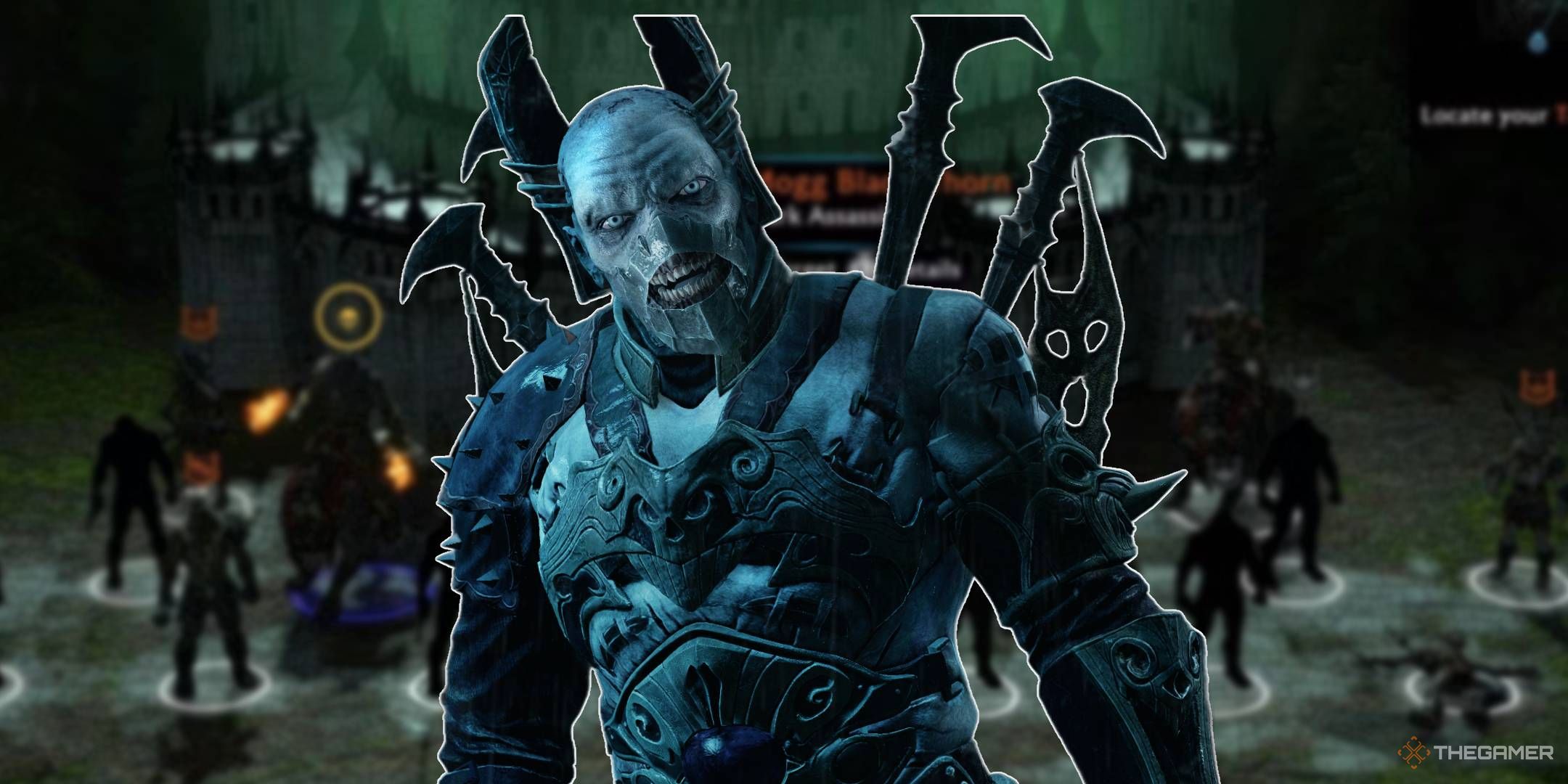
Related
Warner Bros. Has Squandered The Nemesis System
The Nemesis System was one of the best inventions in gaming. Warner Bros. has ruined it.
The Nemesis System Only Exists To Make More Money
Image from Middle-earth: Shadow of Mordor.
This is all very sad, but arguably sadder is the way that it was created. A YouTube video by former WB executive Laura Fryer broke down how it was created, but the video has since been copyright struck by WB itself. WB had realised that more people were playing Rocksteady’s Batman: Arkham Asylum than were paying for it, which meant that players were trading in their games for others to buy at a discount.
The Nemesis System was a solution to a problem: getting players to hold on to their copies instead of trading them in. Essentially, they had to find a way to get players to keep playing and never want to trade in their discs, and since Monolith’s engine couldn’t do open-world games and they didn’t want to get into multiplayer (those were the days…), the Nemesis System was born.
The Nemesis System wasn’t the core of the game at conceptualisation, but a way to kill the secondhand market by ensuring there wasn’t a supply. That’s right, folks. The Nemesis System exists not because of a desire to innovate, but because profit had to be made.
‘But Tessa’, I foresee you typing in the comments section, except you’ve replaced my name with ruder words. ‘That’s just what capitalism does! It drives innovation!’ Sure, you could say that, except what did that innovation lead to? The system was never used apart from in the series it was created for. It was withheld from the rest of the industry so nobody could ever use it or even iterate on it for fear of legal action. Monolith even ended up getting shut down.
The Nemesis System, a literal game-changing mechanic, was born out of capitalism, and it will likely die because of capitalism. We won’t see anybody using anything similar for another decade, and only god knows what the industry will look like then if layoffs and studio closures go on at this pace. There’s no moral to take from this. It’s just sad.
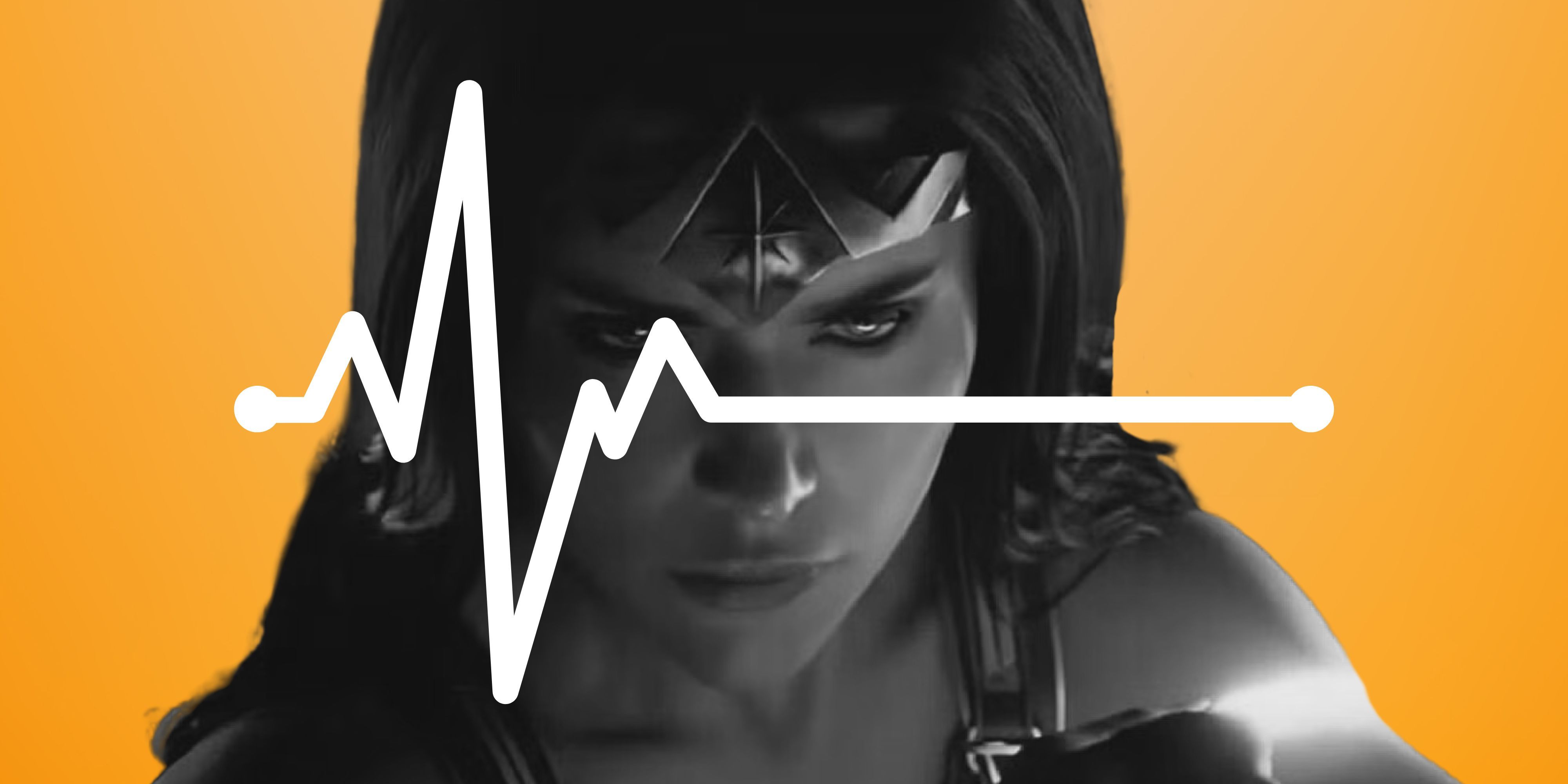
Next
How Do You Mess Up A Wonder Woman Game?
After years of silence, the Wonder Woman game is dead. How did it ever come to this?
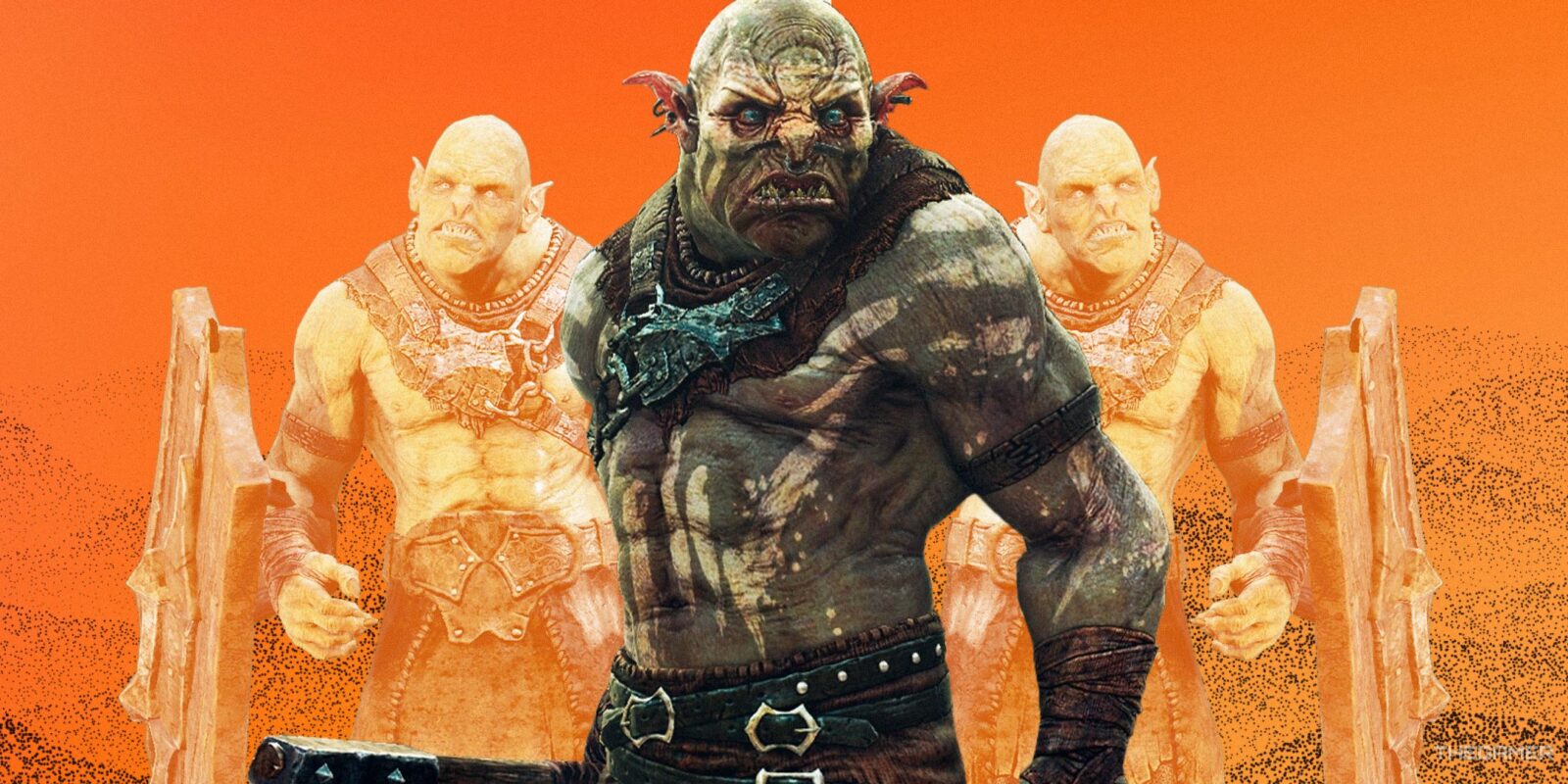

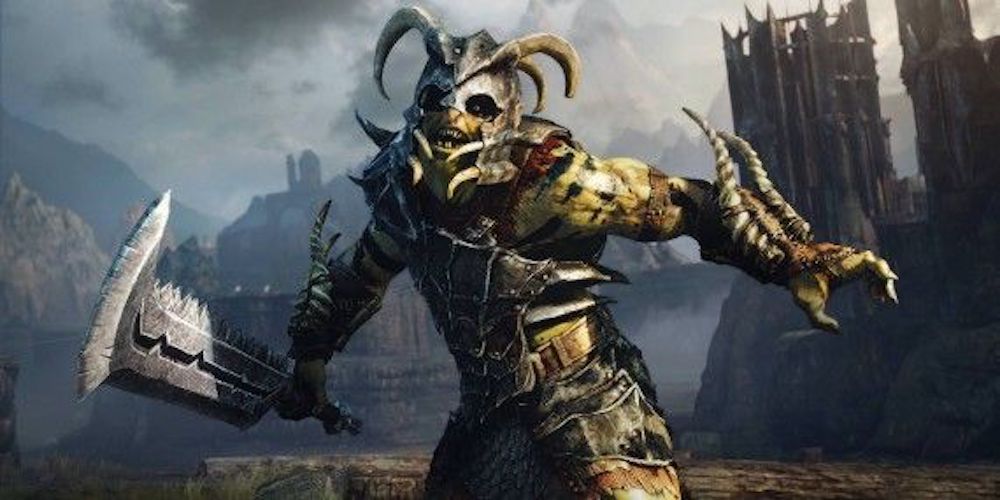
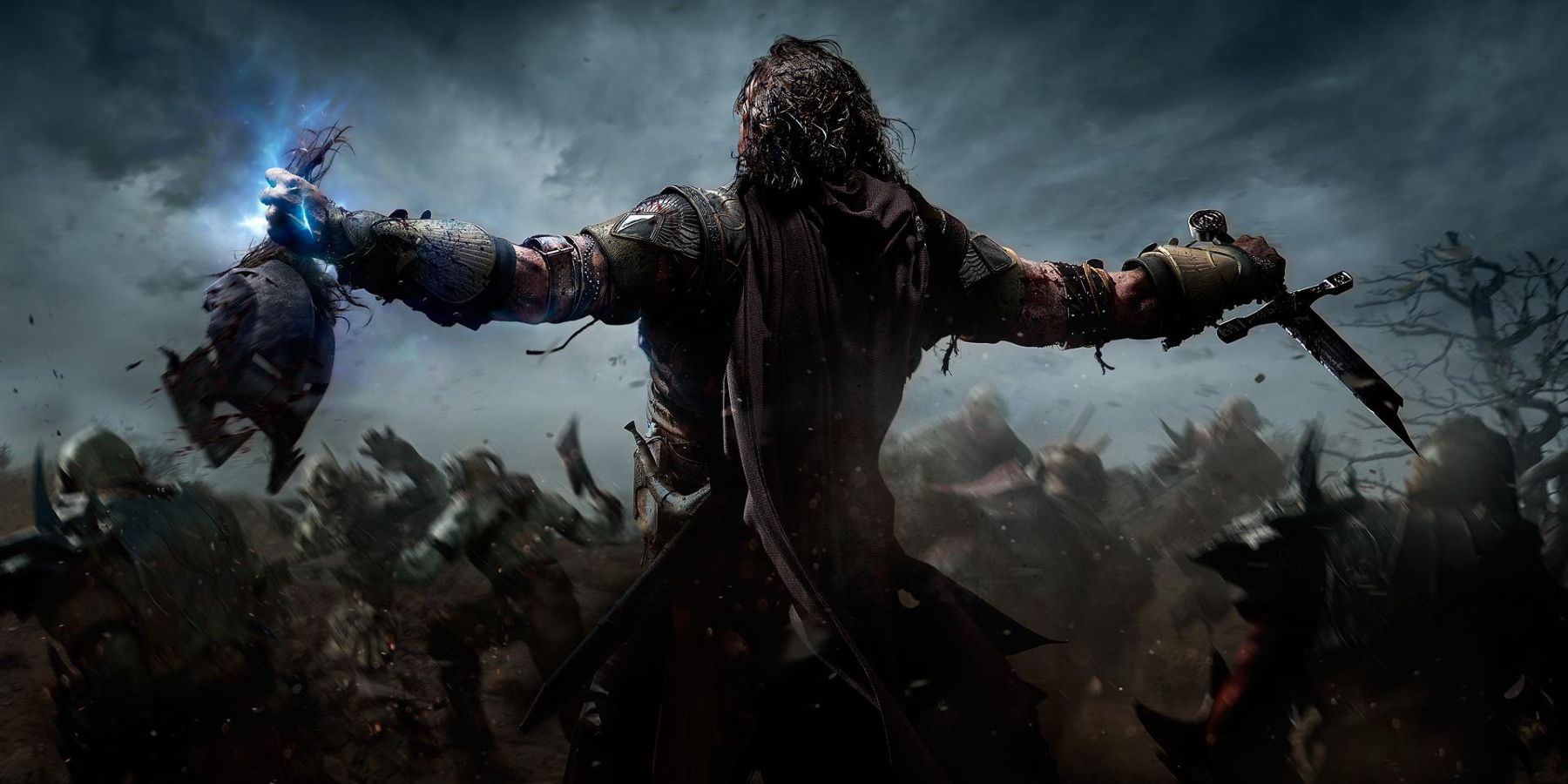




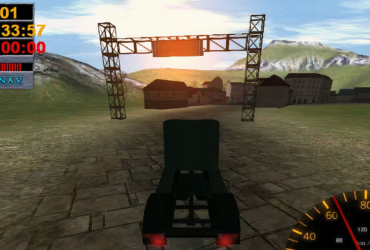



Leave a Reply